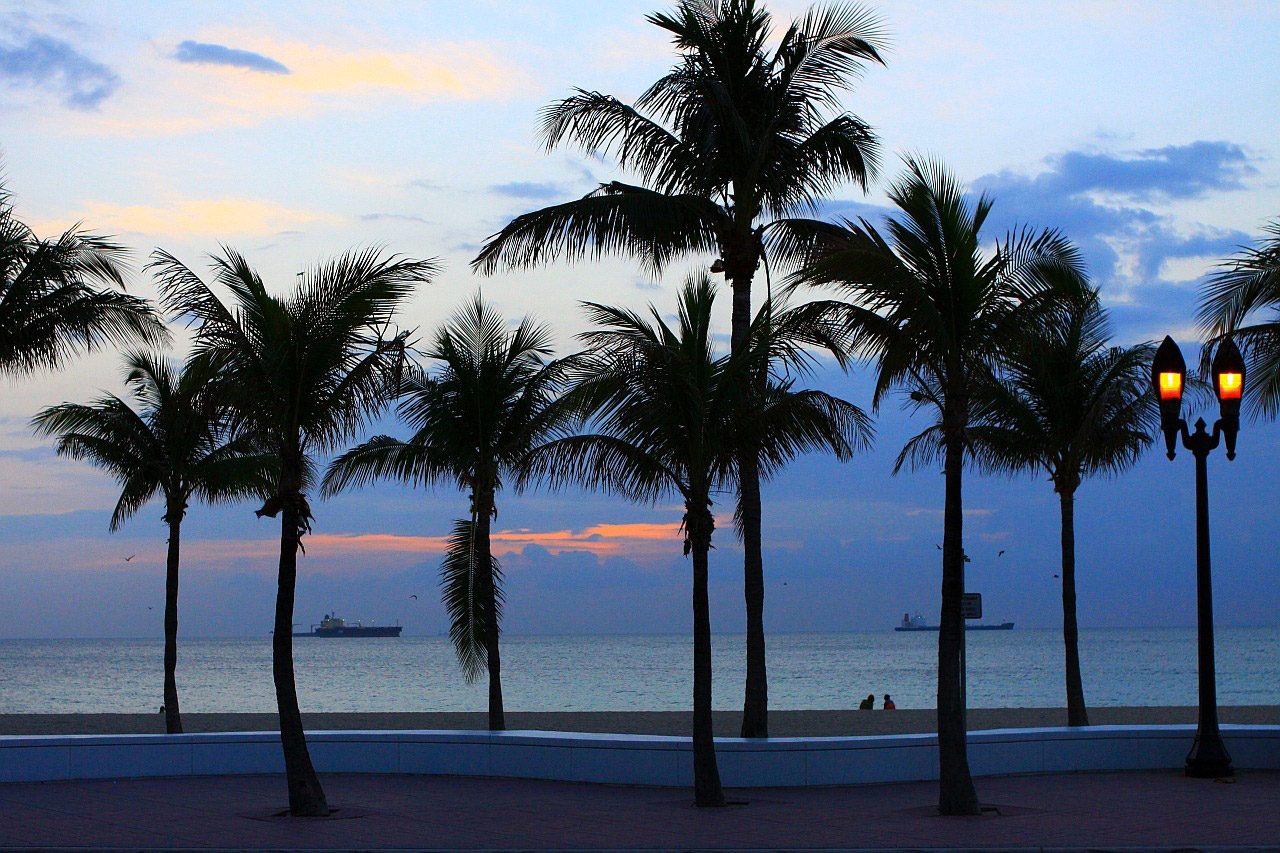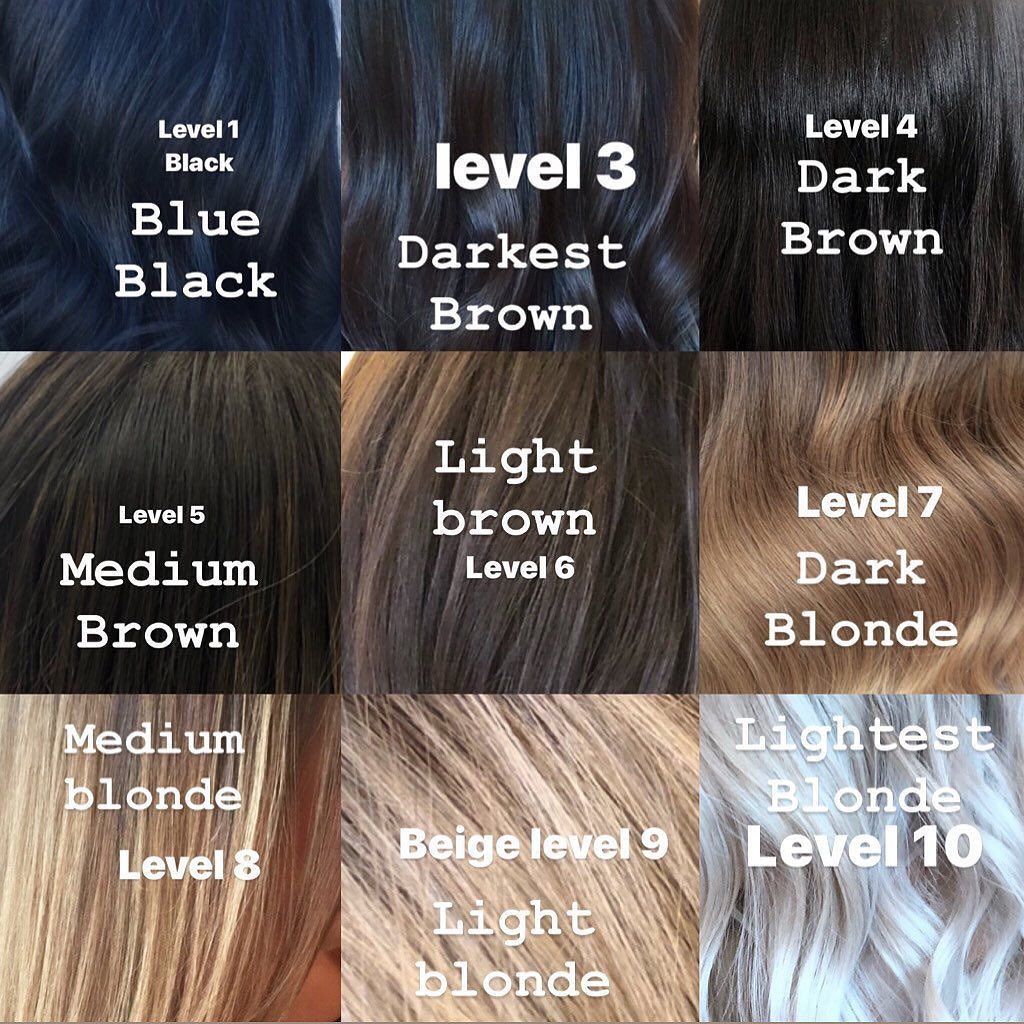Table Of Content

Abel understands; he does not speak, nor refer to her visit afterwards. Hearing Angela and seeing how she has changed has at last made clear to him just how and why he has lost his way. Abel has indeed, "lost his place." A reason for his particular suffering lies in the ancient Indian belief that all secrets, even those of sorcery and evil, are divulged during sexual intercourse. Abel had lain with a woman, Angela Grace St. John, and both were altered by the experience.
Part II: The Priest of the Sun
After arranging his funeral, Abel goes running to the point of exhaustion. Momaday attended military school in Virginia, and then went to college at the University of New Mexico. After graduation, he taught at the Apache reservation in Jicarilla for a year. He won a poetry scholarship to Stanford, where he studied under famed poet and literary critic Yvor Winters, who became his mentor and greatly influenced his poetic style. Momaday spent his childhood on a succession of Native American reservations, learning the cultures of the Pueblo Indians.
The White Man
See N. Scott Momaday through the years in photos - Oklahoman.com
See N. Scott Momaday through the years in photos.
Posted: Mon, 29 Jan 2024 08:00:00 GMT [source]
Possibly as a result of this affair, Abel realizes that his return to the reservation has been unsuccessful. His turmoil becomes clearer when he is beaten in a game of horsemanship by a local albino Indian named Juan Reyes, described as "the white man". Deciding Juan is a witch, Abel stabs him to death outside of a bar. An American classic, now reissued with a new preface from Momaday, House Made of Dawn is at once a tragic tale about the disabling effects of war and cultural separation, and a hopeful story of a stranger in his native land, finding his way back to all that is familiar and sacred. After serving in World War II, he returns to Walatowa (also called Jemez), the small town in New Mexico where he grew up.
Characters
The family eventually settled in Jemez, New Mexico, which is the model for Walatowa in House Made of Dawn. Climax — The turning point of the novel occurs when Abel murders a man named Albino, a fellow Native American. This act is fraught with personal and cultural symbolism, representing Abel’s inner turmoil and his conflict with the societal values imposed upon him.
House Made of DawnN. Scott Momaday1968
Sometimes he was here when I came in from work, and sometimes he wasn't. He was drunk about half the time, and I couldn't keep up with him … Pretty soon I wouldn't give him any more, but you know what he did? Through its intricate structure and powerful imagery, House Made of Dawn offers a deep exploration of the struggles faced by Native Americans in the mid-20th century, touching on themes of displacement, identity, and the search for meaning in a rapidly changing world.
Olguin appropriately enough for his "instinctive demand upon all histories to be fabulous." The legend explains the ceremonial game which follows in the novel. Just as the sacrifice of the rooster by Santiago produced cultivated plants and domesticated animals for the Pueblo people, so too does ritual re-enactment of the sacrifice promote fertility at Walatowa. While ethnographers suggest that the corre de gaio is of relatively minor ceremonial importance in Pueblo societies, in the context of the novel the rooster pull affords Abel his first opportunity to re-enter the ceremonial functions of the village. It is, we are told, the first occasion on which he has taken off his uniform. Though the ceremony itself seems efficacious, as rain follows in the novel, Abel is "too rigid" and "too careful" at the game and fails miserably.
Storyline
Like the novel's protagonist, Abel, Momaday lived both inside and outside of mainstream society, growing up on reservations and later attending school and teaching at major universities. In the novel Momaday combines his personal experiences with his imagination—something his father, Al Momaday, and his mother taught him to do, according to his memoir The Names. House Made of Dawn is an intricately structured novel, and difficult to analyze. Time, for the Indian, is conceived not as a rigidly divided set of days, months, and years, but as experience and wisdom and knowledge, occurring today or yesterday or many yesterdays ago. Through memory history is transmitted from generation to generation.
Culture Clash
He forms a complex relationship with a medicine man named Francisco, who represents the link to the traditions Abel seeks to understand. During a ceremonial event, Abel participates in a grueling footrace, an experience that deepens his spiritual crisis. After Francisco dies, Abel prepares his grandfather for burial and performs a ritual over the body. He then wakes the priest, Father Olguin, and demands he bury Francisco. Abel walks to the edge of town, where he sees a distant group of runners as the sun rises. He starts to run alone across the landscape, revealing the context of the opening scene of the book.
John Big Bluff Tosamah

Return to the reservation seems a pale option to the glitter of Los Angeles. Idealism obscures Benally's vision, even as Tosamah's cynicism obscures his. An American critic and educator, Evers has authored several books on Native American songs and has served as president of the Association for Study of American Indian Literatures. In the following essay, he examines Momaday's focus on language, landscape, and Native American rituals and narratives in House Made of Dawn. [Momaday has] created a new romanticism, with a reverence for the land, a transcendent optimism, and a sense of mythic wholeness.
It is especially ironic that despite his deeper, more sincere spirituality, Ben lacks Tosamah's awareness of the redemptive potential of the old ways of seeing and knowing. As the "Night Chanter," Ben, as we have seen, is essential to any hope Abel has for recovery, but Ben himself does not see the sharing of himself and his religion in this way. The road to recovery he consciously charts, as we have also seen, involves passively assimilating the values and accommodating oneself to the demands of white America, even at the cost of one's heritage and identity. Thus the role of "Night Chanter" assumes a second, and contrary, meaning. Though with the best intentions, Benally also, and quite unknowingly, chants the dark night of the soul, the tortured, fragmented, solipsistic state of being that Los Angeles comes to symbolize in the novel.
Abel then seeks revenge on Martinez, a corrupt policeman who robbed Ben one night and hit Abel across the knuckles with his big stick. While Abel is in the hospital recovering, Ben calls Angela who visits him and revives his spirit, just as he helped revive her spirit years ago, by reciting a story about a bear and a maiden which incidentally matches an old Navajo myth. Part II of the novel opens with Abel lying broken, physically and spiritually, on the beach in Los Angeles. Like the helpless grunion with whom he shares the beach, he is out of his world. As in Part I at Walatowa he fails to establish a sense of place in Los Angeles because of a failure to find community. Not only is he separated from other workers at the factory, but even Tosamah and the Indian men at the Silver Dollar reject Abel.
Part IV opens with a description of a grey, ominous winter landscape. He claims to have grown "calm with duty and design," to have "come to terms with the town." Yet he remains estranged from the village; it is not his place. He measures his achievement in the language of commerce, noting with his predecessor Nicolas V. what good works "accrued to his account." Like Angela who was offended that Abel "would not buy and sell." Olguin seeks to at least make good the "investment" of his pride. Tosamah perceives a similar dislocating effect of words on Abel, though he relates it to religion.
The first race each year comes in February, and then the dawn is clear and cold, and the runners breathe steam. It is an expression of the soul in the ancient terms of sheer physical exertion. To watch those runners is to know that they draw with every step some elemen-tary power which resides at the core of the earth and which, for all our civilized ways, is lost upon us who have lost the art of going in the flow of things. In the tempo of that race there is time to ponder morality and demoralization, hungry wolves and falling stars. And there is time to puzzle over that curious and fortuitous question with which the people of Jemez greet each other.
He cannot see the continuity, the oneness of life, because of his fragmented existence…. John Z. Bennett, writing in Western American Literature shortly after the Pulitzer was awarded, expressed his concerns that House Made of Dawn would be valued as a social statement rather than for its artistic achievements. In January 1952, a Kiowa priest named John Big Bluff Tosamah presides over a Pan-Indigenous peyote congregation in Los Angeles. His sermons reference the Bible, but he rejects Catholicism and other trappings of settler colonialism. He emphasizes the importance of the oral tradition, which he believes white people can never truly grasp after generations of cheapening and corrupting the power of words.
If white society has consigned him, despite his education, intelligence, and talent, to a small, severely limited space, it has at least taught him how to control that space. Like Martinez, he has learned to exalt himself by undermining others. Oppressed, he becomes an oppressor victimizing, as Martinez does, the only people he can—his own. Howard Meredith has credited the book with beginning "a literary tradition of those prose narratives which previously had circulated almost exclusively within specific tribal contexts." He contends that the time was ripe for these stories to be recorded and published.

No comments:
Post a Comment